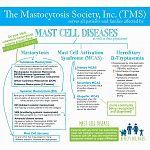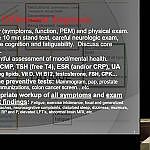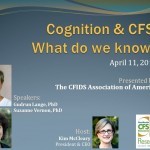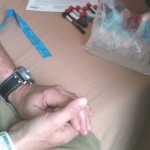Merry
Well-Known Member
Because the symptoms and disease progression vary so much in MS, researchers have wondered if it is a single disease or multiple diseases.
Researchers in Barcelona, Spain, created mathematical models of disease processes using data that had been collected on 66 patients over the course of 20 years. According to an article published yesterday at Medscape, the results of their research supports their hypothesis that MS is a single disorder.
Bolding is mine.
Read the original paper published at PLOS Computational Biology here.
Researchers in Barcelona, Spain, created mathematical models of disease processes using data that had been collected on 66 patients over the course of 20 years. According to an article published yesterday at Medscape, the results of their research supports their hypothesis that MS is a single disorder.
Ekaterina Kotelnikova of the IDIBAPS - University of Barcelona, Spain, and colleagues hypothesized that MS is a single disease with multiple results in patients, all driven by the same underlying biological mechanism: immune system attack of the protective fibers shielding nerve cells and loss of the axons used by nerve cells to communicate with each other.
To explore this hypothesis, the researchers developed a mathematical model of MS based on experimental data from 66 patients who had been followed for up to 20 years. Using the model, they were able to perform computational simulations of the different known biological processes involved in a second group of 120 MS patients.
They found that, by changing the intensity of the underlying biological processes involved in MS at distinct times, they were able to successfully reproduce the variability of disease courses seen in these patients.
These results support the hypothesis that that all the symptoms and disease courses observed in MS patients are produced by the same underlying mechanisms that damage nerve cells over time. This implies that, even though it may follow different patterns, MS will worsen over time for all patients.
Bolding is mine.
Read the original paper published at PLOS Computational Biology here.
Last edited:


 IMO, at best ME conditions are like a sine wave (with limits).
IMO, at best ME conditions are like a sine wave (with limits).










